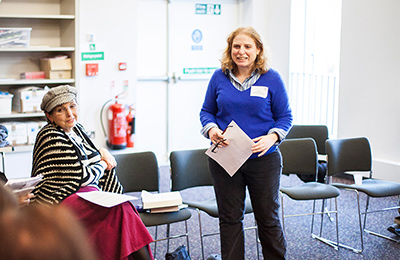Ki Tisa

Ki Tisa gives us a lot of thought-provoking information. Looking at just two items, the Golden Calf and the destruction of the Canaanite tribes, Masorti tradition calls upon us to interpret both texts as historical facts, or as legends and as lessons for today.
1. The Golden Calf story is surprising. After the revelation on Mount Sinai, the culmination of God’s miracles on Israel’s behalf, the mass of the people do a U-turn and demand a visible God, even threatening their opponents with death.
The new religion we call Judaism probably grew out of a variety of beliefs, and included difficult concepts like invisibility and invincibility. Thirty-nine days from the revelation seem not enough for a slave nation to register the basics. Indeed, for the next 2,000 years the children of Israel had an understanding of God that was unique, maintaining their apartness through the eras of Egypt, the Prophets, Judges and Kings, Babylon, Greek Hellenists and Rome. Talmudic texts and their power over our behaviour contributed further to our continuing apartness.
The texts of the Torah, Talmud and beyond have held our attention and awe for probably longer than all other theologies, and we have survived as Jewish people by re-interpreting the Torah over possibly 4000 years since Abraham.
Are there the equivalent of Golden Calves today? The Orthodox would say that the role of women and same-sex marriage are probably in that category. What about Israeli government-sponsored settlements? Are Jews again copying the patterns of behaviour of other nations and societies and, if so, who will plead for AM YISRAEL to be spared?
The sister religions have, if anything, intensified the characteristic of Jews being different, and fundamentalist Islam is of course an immediate threat. It seems that to be different to our neighbours is designed into the Jewish religion, a major factor in our survival, and a threat.
2. The text in Ki Tisa is different to the better known command in Deuteronomy to utterly destroy the six tribes in Canaan. Here the text is that God is driving out the Amorites and the Canaanite, and the Hittite and the Perizzite and the Hivite and the Jebusite. The Children of Israel are not to make a covenant with them or marry them, and break down their gods.
There are quotes in the books of Numbers, Joshua and Samuel indicating that tribes fled before Israel’s forces as a result of the miraculous destruction of the walls of Jericho. Echoes of Palestinian refugee status.
The texts indicate that there is no genocide predicted in Ki Tisa. Perhaps the threat from these local tribes was greater at a later date when Deuteronomy was probably compiled.
The displacement of these tribes in our literature does not deal with “lebensraum”, but shows the tribes as a threat of evil, practicing cruelty and perversion. Archaeologists tell us that cremation jars filled with the bones of sacrificed children were fairly common in Canaan. Which Middle Eastern societies fit into similar categories today, and how does one differentiate between a political group and the attitudes and potential actions of individuals in these societies?
The situation of politics, religion and survival, both around and inside Israel today, suggest parallels to the situation in Ki Tisa some 3,500 years ago. We are all faced with the theological and ethical implications of which policies we support, and the plethora of biased information calls for us to make challenging and urgent assessments.
Edward Teeger, a retired architect, has been a member of the New London Synagogue since the 70’s and is chair of their Services/Ritual Committee. He was a co-chair of Yom Masorti for February 2014.




